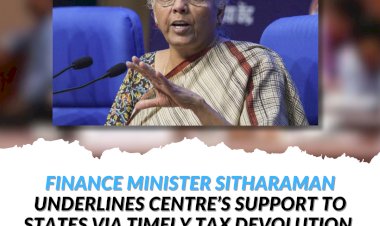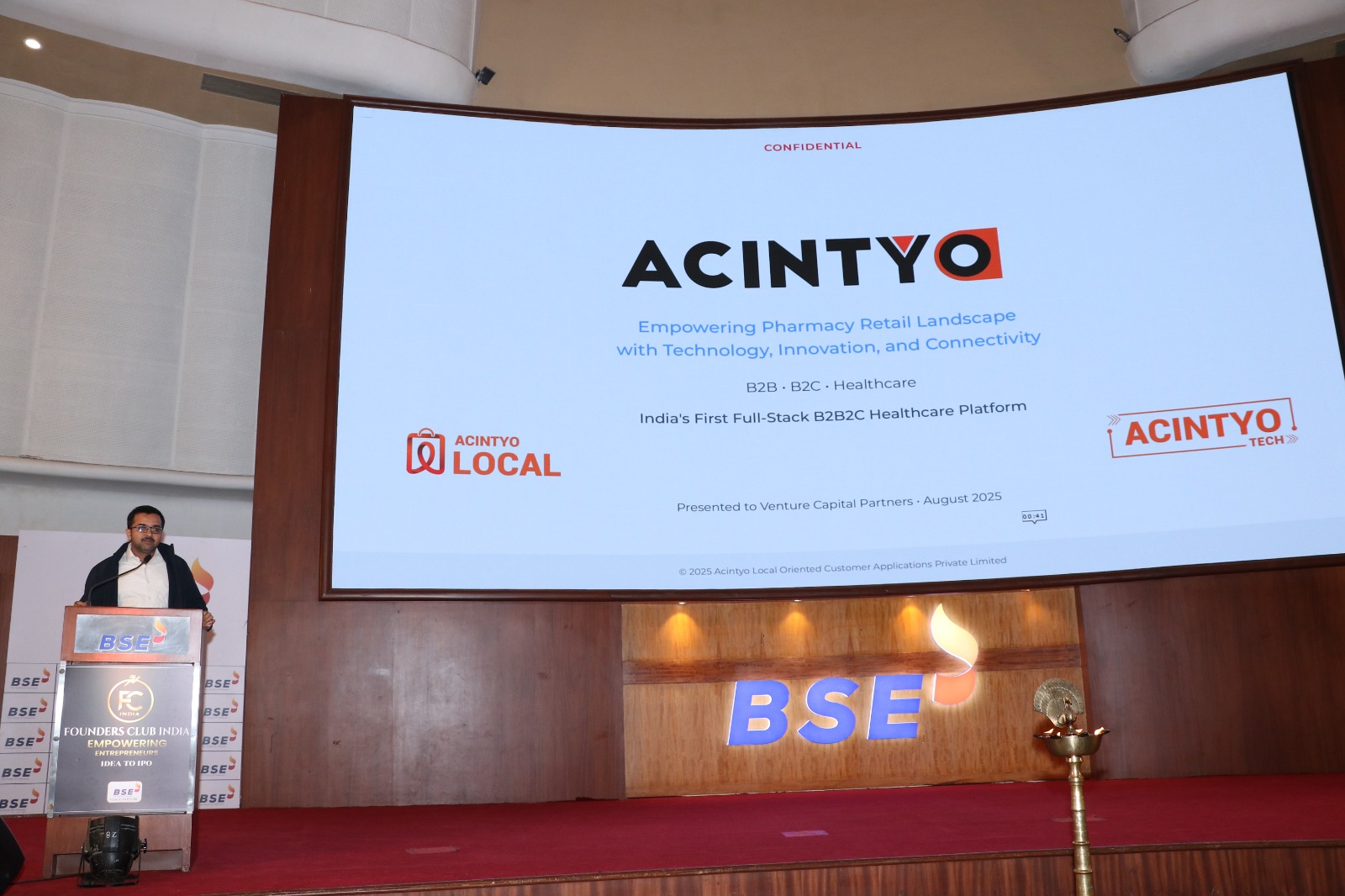It Takes Market About One Week After Poll Results to Revert to Pre-Election Levels, Says JPMorgan
JPMorgan analysts have observed that financial markets typically take about one week to revert to pre-election levels after poll results are announced. This pattern reflects a period of market adjustment and stabilization following the uncertainty and volatility often associated with elections. Understanding this trend can help investors make informed decisions during election periods.

Market Volatility During Elections
Elections are often accompanied by heightened market volatility as investors react to potential changes in policy and leadership. This volatility can be driven by uncertainty about the outcome and its implications for economic and financial policies.
The Adjustment Period
According to JPMorgan, the adjustment period post-election typically lasts about a week. During this time, markets digest the election results, assess the new political landscape, and begin to stabilize. This period allows for a clearer understanding of the potential economic and policy impacts.
Historical Patterns and Examples
JPMorgan's analysis is based on historical patterns observed in past elections. For instance, the U.S. presidential elections have shown similar trends where markets experience significant movements on election results but tend to revert to their pre-election state within a week.
Implications for Investors
For investors, understanding this adjustment period can be crucial. Rather than reacting impulsively to initial market movements, they can wait for the stabilization period to gain a clearer perspective on market trends. This approach can help mitigate risks associated with post-election volatility.
Conclusion
JPMorgan's observation that markets take about a week to revert to pre-election levels after poll results provides valuable insight for investors. By recognizing this pattern, investors can better navigate the volatility associated with elections and make more informed decisions. As history has shown, patience and careful analysis during the immediate post-election period can lead to more strategic investment outcomes.






































Comments (0)